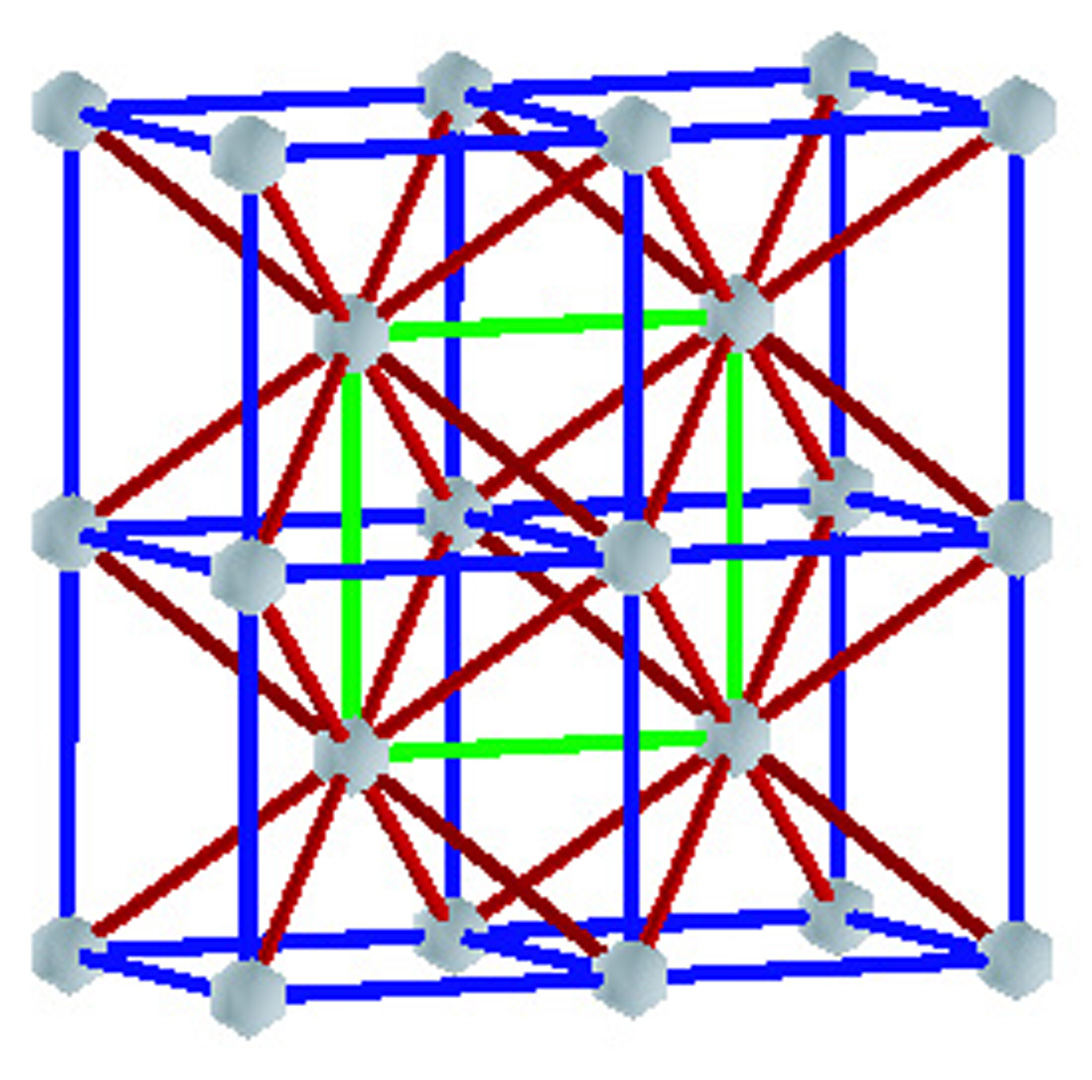“Modified marching octahedra for optimal regular meshes” by Carr, Theußl and Möller
Conference:
Type(s):
Interest Area:
- Application
Title:
- Modified marching octahedra for optimal regular meshes
Session/Category Title: Surface & Volumetric Techniques
Presenter(s)/Author(s):
Abstract:
Theußl et al. [Theußl et al. 2001] showed that volumetric data sampled on a body-centred cubic (BCC) lattice is nearly 30% more efficient than data sampled on a cubic lattice, and produced volume renderings using splatting. We extend this work to generate isosurfaces based on the BCC lattice, and also on the hexagonal-close packed (HCP) grid. This sketch presents a modified version of marching octahedra that simplifies the BCC mesh to an octahedral mesh to reduce the number of triangles generated for the isosurface.
References:
1. Bloomenthal, J. 1988. Polygonization of implicit surfaces. Computer Aided Geometric Design, 341–355.
2. Dürst, M. 1988. Letters: Additional Reference to “Marching Cubes”. Computer Graphics 22, 4, 65–74.
3. Lorenson, W. E., and Cline, H. E. 1987. Marching Cubes: A High Resolution 3D Surface Construction Algorithm. Computer Graphics 21, 4, 163–169.
4. Theussl, T., Möller, T., and Gröller, M. E. 2001. Optimal Regular Volume Sampling. In Proceedings of Visualization 01, IEEE, IEEE, 91–98.
5. Wyvill, G., McPheeters, C., and Wyvill, B. 1986. Data Structure for Soft Objects. Visual Computer 2, 227–234.




